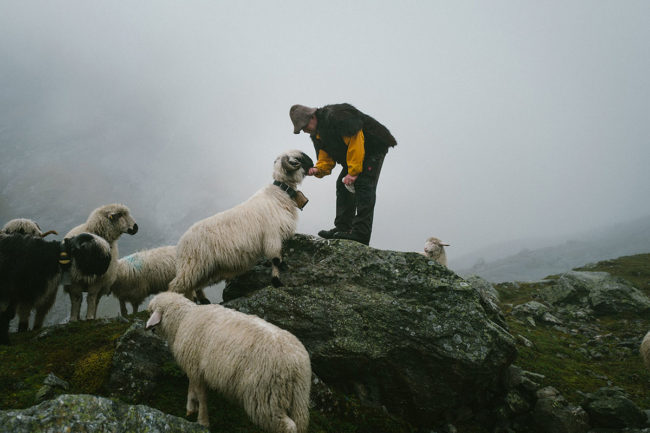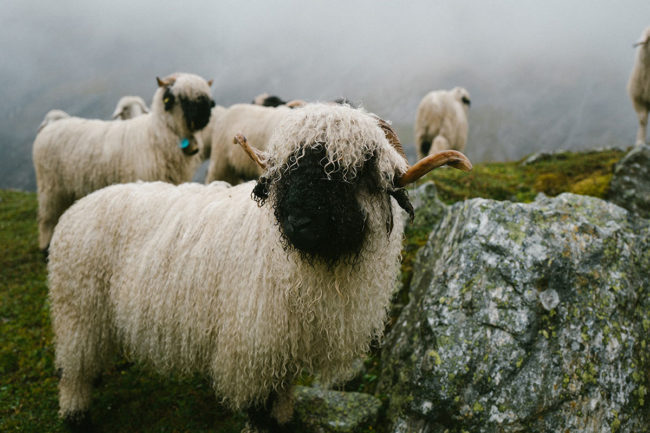Wool, the sustainable alternative insulation to down and synthetic fibers: The partnership between the functional wool textile specialist Ortovox and the then-newly founded Swisswool initiative began ten years ago. Ortovox is the first outdoor brand to use wool as a technical insulation material for mountain sports apparel. Swisswool has made it their mission to collect and process every color and quality of these versatile fibers directly from the sheep farmers.
Stefan Krause, Head of Product at Ortovox, is convinced: “Working together with Swisswool was one of the most major and best decisions we have ever made. Wool makes unbeatable insulation because it is so coarse. This means it is great at springing back to its original shape and has the loft – that is, the ability to trap air – you need for a highly insulating effect.” In addition, wool fibers have an odor-minimizing effect and are durable and easy to care for. Another plus point: Thanks to its hydrophilic properties, wool can absorb up to 30% of its own weight in moisture without feeling wet to the touch, and therefore keeps the wearer warm even when wet. Ortovox uses Swiss wool as an insulation material of varying weights, as well as in technical material combinations – such as the backs of backpacks – and therefore offers their customers highly functional textiles with unrivalled comfort.
From a waste product to a zero-waste goal
Swiss sheep are shorn twice a year: in spring (March and April) after wintering in barns and in fall (September and October) after coming down from the mountain pastures. The work is shared by professional shearers and the sheep farmers – it is a process that requires a lot of skill and practice. Professionally shorn sheep feel comfortable during the procedure and the wool can be removed in one piece so that these valuable fibers can be processed in the best possible way.
After shearing, the raw wool is collected from over 25 collection stations in Switzerland. The sheep farmers collect over 400 tons of virgin wool there per year, which makes up around half of the wool shorn in Switzerland annually. The wool is weighed, valued, and immediately sorted on site. Then the farmers are usually simply paid in cash. All wool is accepted, because there is still a use for even the soiled wool scraps. This has a long-term side effect: Buying Swiss wool supports the livelihoods of the mostly small farming businesses and therefore secures the existence of Alpine landscapes.
Before the wool makes its way to the wool-scouring mill, it has to be prepared for transport: It is pressed into large balls and labelled so that the wool’s origin can be traced right back to the collection station and the sheep farmer. The wool is washed in the one remaining industrial wool-scouring mill in Belgium that can handle such large volumes of wool. Then the raw material is processed into nonwoven fabric in the South German town of Dinkelsbühl before finding its way into Ortovox products.
Ortovox Swisswool products: produced in Europe – carbon neutral from winter 21/22
All Swisswool products from the Ortovox 2021/22 fall/winter collection are produced in Europe and are climate neutral as part of the ProtACT2024 sustainability strategy. This represents our company goal of becoming climate neutral by 2024. ORTOVOX has examined and optimized the supply chain of Swisswool products to minimize their carbon footprint. The remaining, unavoidable emissions are offset through our climate partners (ID 14685-2009-1001 and 14685-2006-1001) by supporting a Swiss mountain forest project.
Source: Ortovox press release



KOMENTARZE